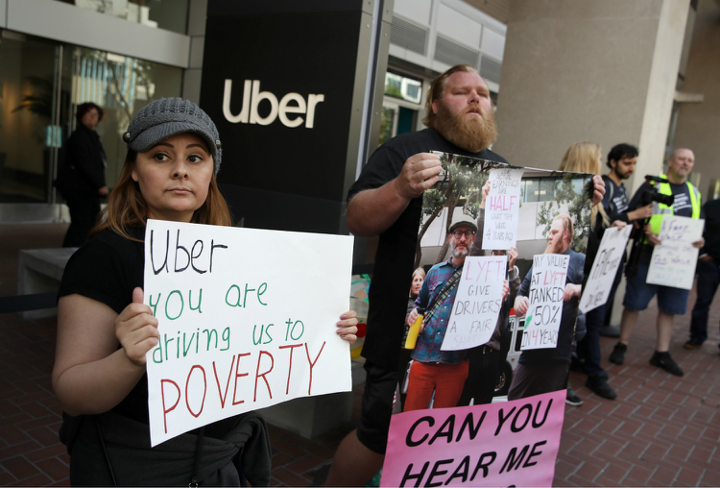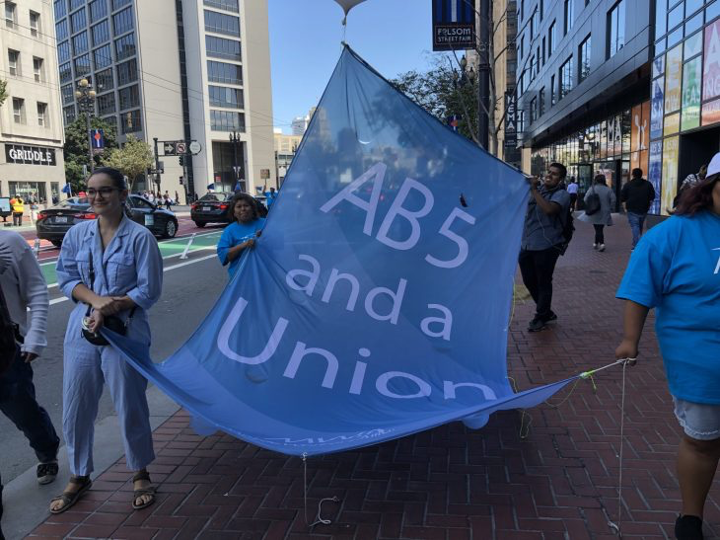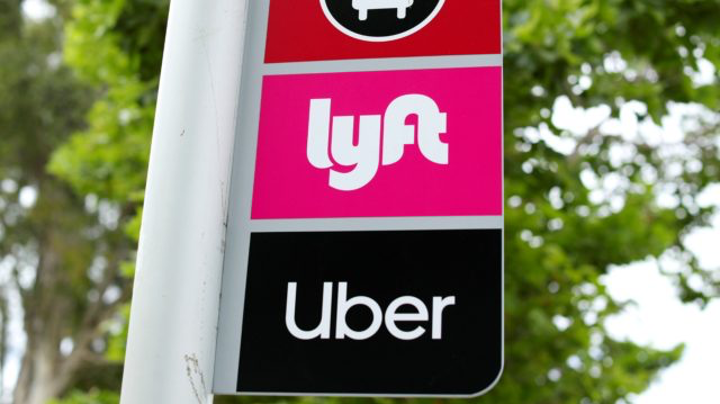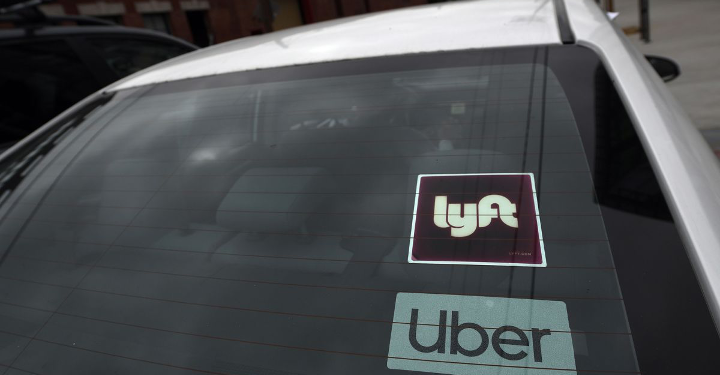Uber and Lyft were recently ordered by a California Court to reclassify their workers as employees in that state. The two ridesharing companies only had ten days to do it, and their time was going to be up on Friday, August 21st, 2020.
Then, after Lyft wrote in a blog post that they would be suspending services at 11:59 p.m. on Thursday, August 20th, 2020, an appellate judge in California granted an emergency on the preliminary injunction. Now, according to CBS Los Angeles, as it stands, both Uber and Lyft “have until September to lay out their plans to classify their drivers as employees.”
“It’s a bogus argument and the courts saw straight through that,” said California Attorney General Xavier Becerra in his Squawk Box interview on CNBC. “What worker doesn’t want to have access to paid sick leave? What worker doesn’t want to have unemployment insurance at a time of COVID-19 crisis? What worker doesn’t want to know that they’ll get paid for overtime if they work sixty hours in a week or twelve hours in a day?”

The main argument that Uber and Lyft gave was that their employees in fact did not want to be labeled as employees because many of them felt that it would take away from their flexibility. And, while some of their drivers feel that things should have stayed the same, others feel that it’s about time something has been done, and are happy that they are finally going to receive benefits.
“What’s worse is that Uber and Lyft tried to present a false choice,” Attorney General Becerra continued. “You don’t have to give up those rights and those benefits to have flexibility. There is nothing in California law that requires a company to remove flexibility in order for these people to be classified as employees and get those rights.
About California’s “Gig Worker Bill”
According to Investopedia, the Gig Worker Bill, California Assembly Bill 5 (AB5) would entitle Uber and Lyft drivers to multiple things, such as “workers comp, unemployment, paid sick and family leave, and health insurance, among other employee benefits.”

AB5 was signed by California Governor Gavin Newson in late September of 2019, and information from Ballotpedia indicates that “60 Democrats and 1 Republican voted to pass the legislation, and 15 Republicans and 1 Democrat voted to reject the legislation” within the California State Assembly.
A Quick History of Uber and Lyft
According to their official website, the idea for Uber was first developed by Garrett Camp and Travis Kalanick. Apparently, the two of them were stuck without a ride one snowy night in France sometime in December of 2008, and a few months later they developed the Uber app.
Ironically, the first Uber ride that was ever taken was in California, the same place where the company now has to make their previous contract workers into real employees who will now receive legally-required job benefits.

Lyft used to be called Zimride initially, and the rideshare app was created by Logan Green and John Zimmer, actually before Uber’s app. Lyft’s app was first developed in 2007, but the company was launched in San Francisco in May of 2012, over three years after Uber was already taking customers.
Everyone would recognize a Lyft driver, because they had huge, fuzzy, pink mustaches on the front of their cars. It is the second-largest rideshare company in the world, trailing only Uber.



















I don’t know what exactly happening there but hope it will be resolved. UBER & LYFT would save drivers from poverty.